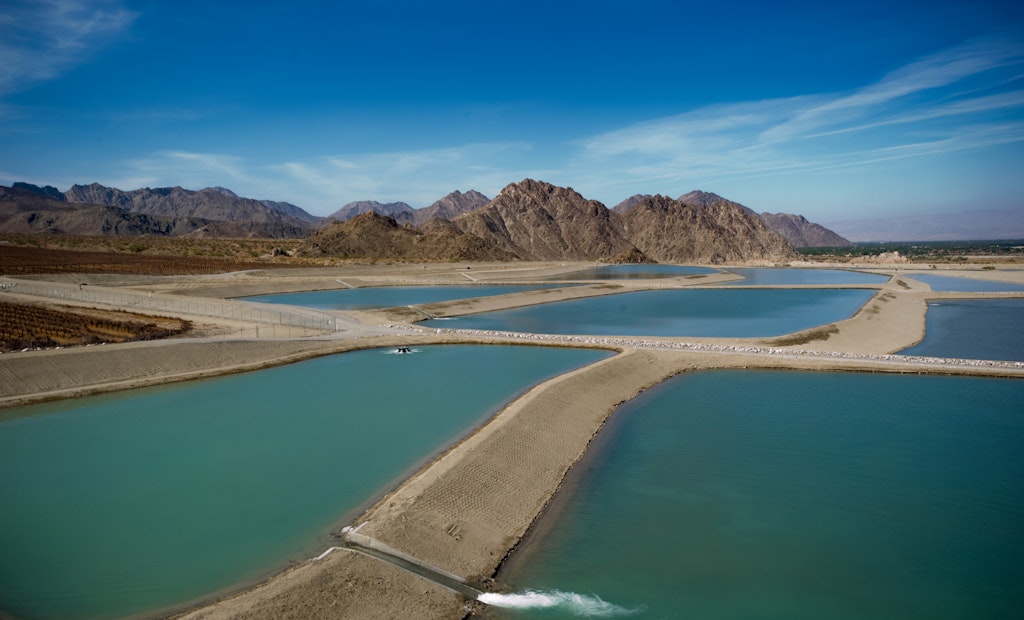Many utilities face water scarcity and a future of uncertain supply. In response, they're diversifying their supply portfolios with alternatives to surface and groundwater.
However, to select the most appropriate water supply options and treatment approaches, communities need a...






